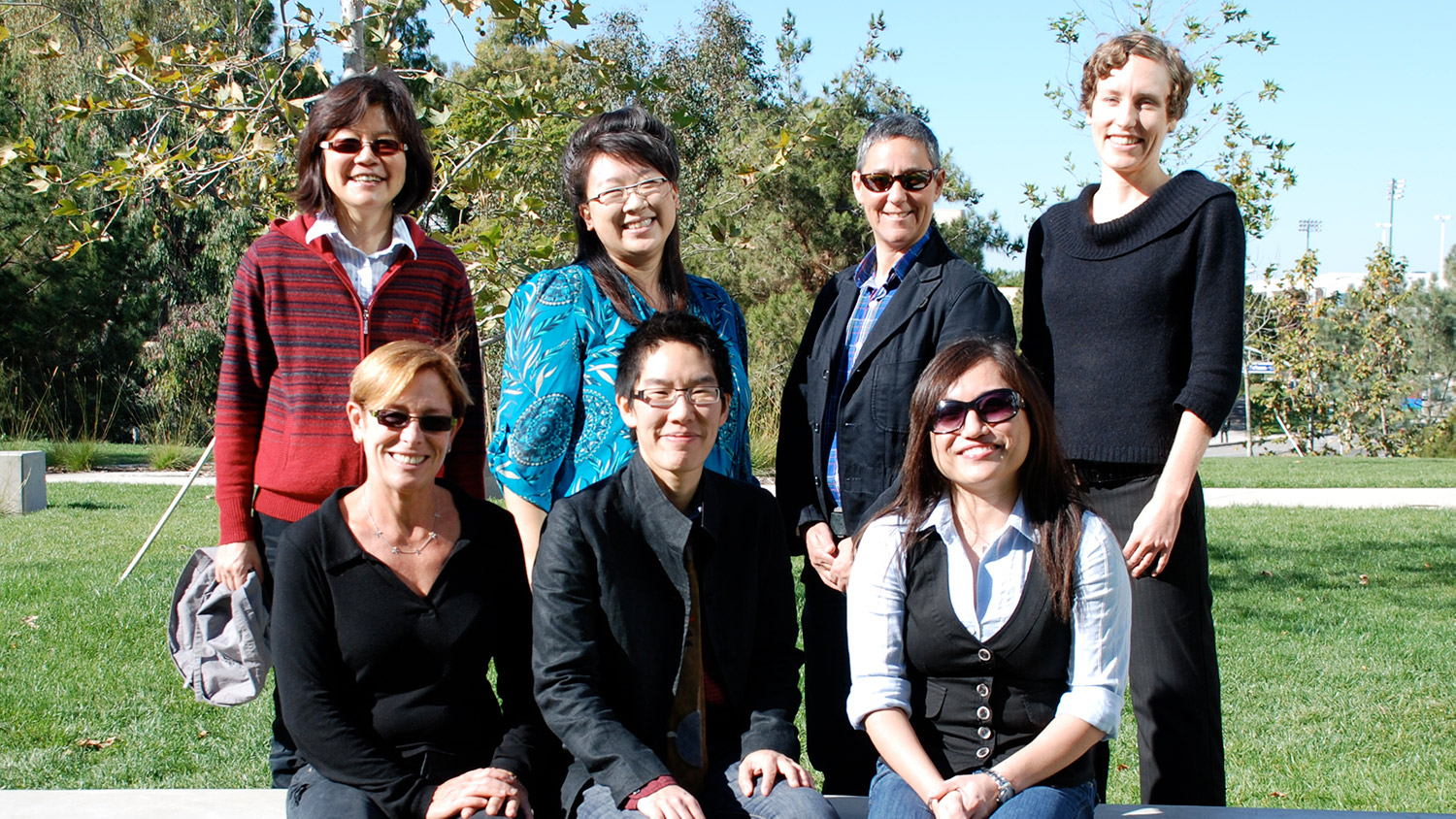Species Spectacles: Locating Transnational Coordinations of Animality, Race And Sexuality
Mel Y. Chen
Gender & Women's Studies
UC Berkeley
Participants
Carla Freccero
Literature
UC Santa Cruz
Judith Halberstam
English
University of Southern California
Tamara Ho
Gender & Sexuality Studies
UC Riverside
Claire Jean Kim
Asian American Studies, Political Science
UC Irvine
Tonglin Lu
Comparative Literature
University of Montreal
Kyla Schuller
Postdoctoral Fellow, Literature
UC San Diego
This residential research group was primarily concerned with coordinations—systematic blends, equivocations, and others—among animality, race, and sexuality. There is a long history of knotted meanings, metaphors and material conditions interlacing conceptions of race with animality and sexuality. The group emphasized ways in which racialities may be found in both animalities and sexualities, and with how all three interplay.The animal figure resonates variously across time and place, rematerializing here and there as a multilingual, interdisciplinary being, mirroring the human; the cyborg becomes ever more alive and, in some cases, self-aware; thinking today circulates increasingly around the posthuman. Yet there seems no lack of reactive concern to segregate symbolic fields of “animal” and “human” in the interest of maintaining stubborn taxonomies of difference along lines of gender, race, sexuality, statehood, class, ability. Taking as a point of departure the formal, symbolic, and ontological play consigned to animality itself and beginning with a transnational mode of analysis, “Species Spectacles” invited reconsideration of specific literary, political, cultural, and other arenas previously presumed to be populated only by figural humans, even as such figures quietly shift from one species identification into another.The group followed conceptual vectors of (post)coloniality and/or (post)humanity that animalize exogenous sexualities and sexualize exogenous animals; it is these which are so often racialized, subtly or spectacularly. Among the questions addressed were: What are the relations of such vectors to the assumptions about international “sexualities” in variations of trans-national, trans-racial adoption? How do urban and rural containments such as “Chinatowns,” “ghettoes,” “pens” and “zoos” as well as institutions such as prisons, produce and maintain “queer” animalities? When and where are such tropes not affectively charged and/or animated in relation to colonial impulses? When does disability—glossed cynically as pathology, partiality, old age, contagious disease and, alternatively, as machinic cyborg and as natural variation—come into play? How are interracial dramas depicted animally and/or sexually? How are particular “animal” species racialized through specific trajectories of “human” engagement; how do artists work such proximate borders? Animality must be considered as a complex thing, material, plastic, and imaginary, in co-formation with other concepts such as wildness, monstrosity, barbarity, and tribality, as well as with what it means to be human.


